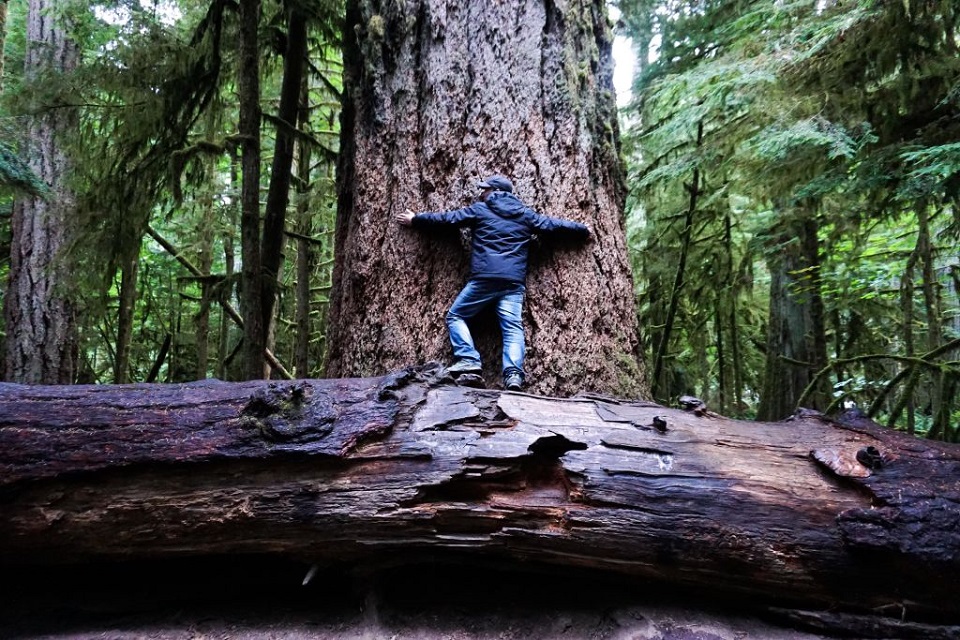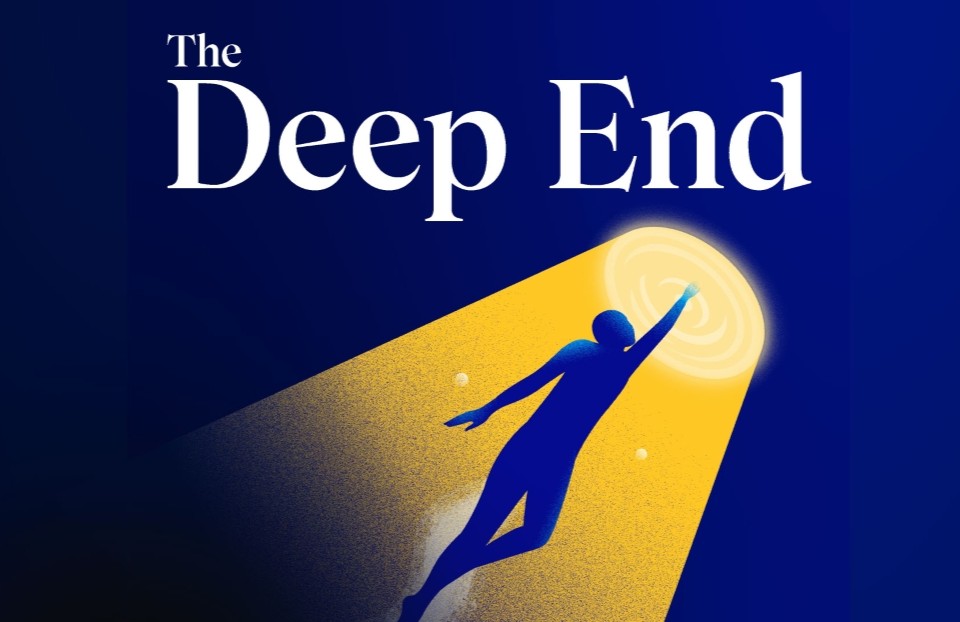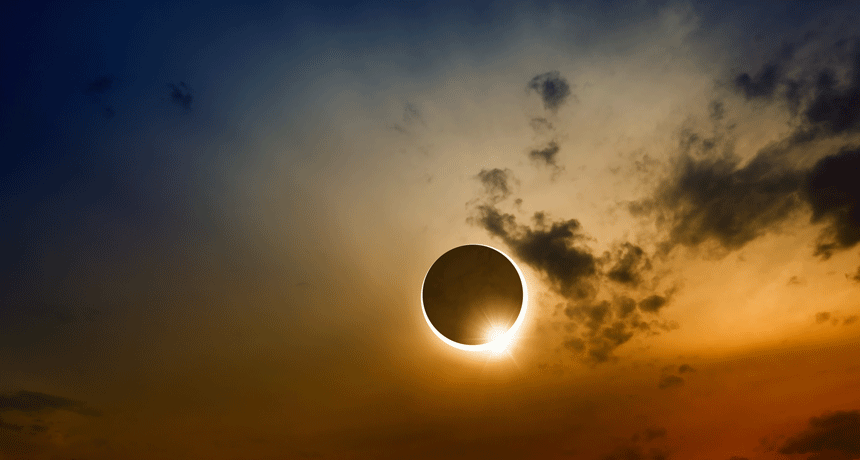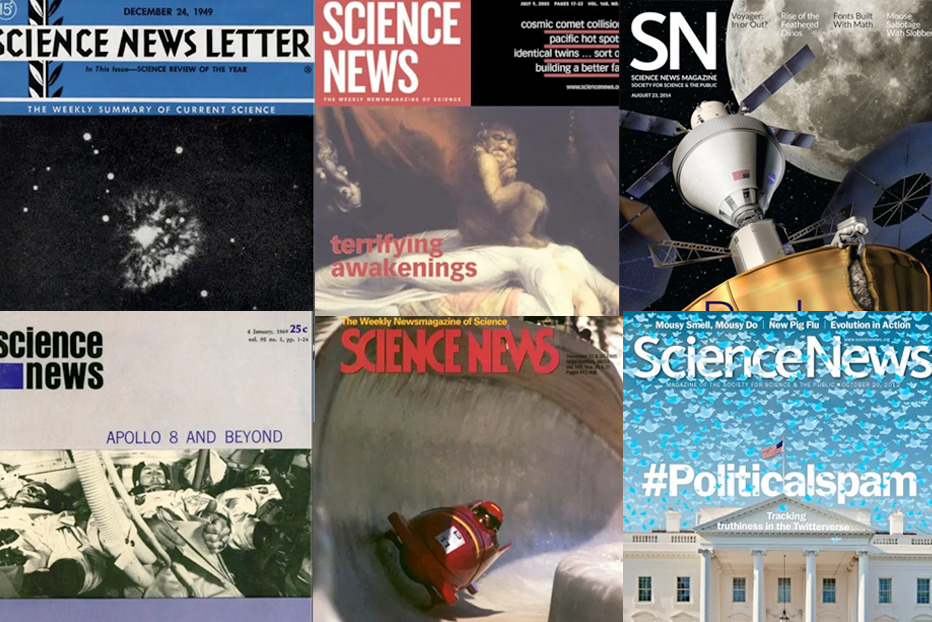Science News, Science News for Students
Star polymers, space origami and singing finches: Science News and The New York Times announce winners of the 2nd Annual STEM Writing Contest

NEW YORK CITY, N.Y. and WASHINGTON, D.C. – Together Science News and The New York Times Learning Network are excited to announce the winners of the 2021 STEM Writing Contest. Eleven talented young science communicators are named winners based on their keen ability to shed light on scientific topics ranging from star polymers to space origami to singing finches.
In its second year, the STEM Writing Contest invited teenagers from all over the world to choose an issue or question in science, technology, engineering, math or health, and then write an engaging 500-word explanation that would be understood by scientists and nonscientists alike. The winners have their essays published in The New York Times. Other thought-provoking topics in 2021 included snake venom, egg shells, violins, fin whales and COVID-19.
“We are thrilled to partner with The New York Times for the second year in a row for a STEM Writing Contest that challenges the next generation of learners to hone their science communication skills,” said Nancy Shute, Editor in Chief of Science News. “The ability to write clearly and accurately about science has become all the more apparent in the midst of a global pandemic, when the ability to tell accurate information from misinformation is a matter of life and death. It is wonderful to see so many students submit stellar essays explaining complex science topics.”
The New York Times Learning Network received 3,741 essays from middle and high school students between the ages of 11-19, hailing from 48 states, Washington D.C. and 43 countries. A group of STEM teachers — many from the Science News in High Schools educator community — science journalists, professionals and writers, along with editors from The Learning Network, selected 65 finalists and 11 winners. Of the finalist pool there were also 15 runners-up and 36 honorable mentions.
The 2021 STEM Writing Contest winners are:
Natalia Araña, “Mycowood Violins: A Different Kind of Time Machine” (age 16, Philippine Science High School, Quezon City, Philippines)
Sophie Araten: “Unleash the Tests: The Four-Legged Future of COVID-19 Testing” (age 15, Millburn High School, Millburn, N.J.)
Maggie Bell, “Dishwashers and Dementia: The Brain System You’ve Never Heard Of” (age 16, Lakeside High School, Atlanta, Ga.)
Jaejeong Kim, “A Rising Star: These Star-Shaped Polymers May Be Our Last Defense Against Superbugs” (age 17, Hunter College High School, New York, N.Y.)
Hoonsun Lee, “Origami in Space Engineering: Rediscovering the Meaning of Discovery” (age 17, Cornerstone Collegiate Academy of Seoul, Seoul, South Korea)
Suleiman Mohamed, “The Peacock Mantis Shrimp: The Ant-Man of Atlantis” (age 16, British School Muscat, Muscat, Oman
Nicola Myers, “And the Grammy Goes to … Fin Whales?” (age 17, Boise High School, Boise, Idaho)
Erin Rasmussen, “The World’s Best Quarantiners” (age 14, Andover High School, Andover, Mass.)
Kelly Shen, “From Babbling to Birdsong: What Finches Can Teach Us About Vocal Learning” (age 16, Sacred Heart Cathedral Preparatory, Atherton, Calif.)
Dana Steinke, “The Motion of the Ocean: Using Sea Waves to Desalinate Seawater” (age 16, Saratoga High School, Saratoga, Calif.)
Jocelyn Tan, “Sleep to Clean: A Prevention of Plaques That Lead to Alzheimer’s disease” (age 15, Ridge High School, Basking Ridge, N.J.)
The runners-up and honorable mentions can be viewed here.
Michael Gonchar, editor of The New York Times Learning Network commented, “We were thrilled to see that writing about STEM subjects was so popular among students and teachers. In the fall of 2019 we created a full-year writing curriculum for middle and high school students based on our collection of writing prompts, mentor texts and contests, and we knew we needed a unit on informational writing. That’s how we came up with the idea of our STEM Writing Contest. We wanted to work with a respected partner organization that could offer source material that would complement the many short, compelling articles in the Science Times and we found that partner in Science News, published by the Society for Science.”
Applicants were required to submit entries emulating mentor texts provided by Science News and The New York Times science section. Essays were judged on how well a scientific concept was not only captured and explained but also on other writing elements, such as an engaging hook, an explanation of why the topic is important, accurate citation of expert sources, focus and clarity as well as analysis.
Thank you to all our contest judges.
Society for Science National Leadership Council members: David Bray, Shantanu Gaur, Michelle Hackman
Science News in High Schools educators: Victoria Bampoh, Samm Blunt, Jennifer Donnelly, Phebe Martinez Fuentes, Dana Herbsman, Lori Herbsman, Meghan Hess, Kehakashan Khan, Allison Lee, David Lockett, Nadia Makar, Aaron Meyer, Amanda Nix, Dawn Parker, Shannon Payne, Breann Ross, Gerald Sanders, Ernst Schneidereit, Amy Telford, Yesenia Torrescolon, Peggy Veatch, Laura Wilbanks and Jieun Yoo.
From The New York Times Science-Journalism Community: David Brown, Cara Giamo, Shannon Stirone.
From The Learning Network Community: Kathryn Curto, Michael Gonchar, Jeremy Engle, Simon Levien, Tiffany Liu, Keith Meatto, Natalie Proulx, Katherine Schulten, Melissa Slater, Vanessa Vieux.
About Science News
Science News has been covering the latest discoveries in science, technology and medicine since 1921, and is published by Society for Science. It offers readers award-winning news and features, multimedia and access to archives with more than 80,000 articles. Concise, current and comprehensive, the magazine provides an approachable overview of all fields and applications of science and technology.
Our sister website, Science News for Students, makes science accessible for people ages 9 and up, and teachers and students in over 5,000 high schools read us in print and online through our Science News in High Schools program. The Science News in High Schools Digital Educator Guide Library is full of interdisciplinary lesson plans, each one inspired by and paired to a Science News article.
For more information about Science News, please visit sciencenews.org or follow on Facebook and Twitter.
About the New York Times Learning Network
The Learning Network helps teachers bring current events and issues into the classroom to help students see why and how they matter in their own real lives. The Learning Network publishes about 1,000 teaching resources each school year, all using New York Times content — articles, essays, images, videos, graphics and podcasts — as teaching tools across subject areas. All of its resources are free.


